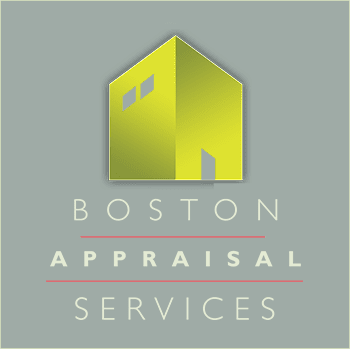How to Select Comps for Your Home
Categories: Real Estate Appraisal
Choosing comps for your property isn’t as complicated as it looks. In fact, you probably already have some experience with this. As professional appraisers, we just want to offer our take on the process and hope it is of value to you in selling your home.
What’s a Comp? Comps, or comparables, are properties that are similar enough to your property to be useful for comparison. Selecting the best comps is a straightforward process and requires you to evaluate each property objectively.
To start out, we generally want to look at properties that were recently sold, and those that are currently on the market. The traditional number of comps that appraisers and agents select are three sold and three active listings. You can include more in your own analysis but use that number at a minimum.
Distance & Location
Location is more important than anything to property value. Location determines demand and the unique set of external economic factors that influence the value. Choose properties within .5-1 miles in most urban and suburban communities. If the property usage varies within this search radius, use a polygon search tool if available to select the areas that include similar residences.
As the condition, style, and age of properties within a small geographic area can vary drastically, look for properties that are in a similar community to yours, and exclude those properties that might not suit the ideal buyer for your property. Buyers tend to shop within a range of affordability that is determined by their income, credit, and goals. Don’t choose overpriced listings or homes that are super-upgraded (unless yours is as well).
Condition & Year Built
How about condition? Condition is the next big thing. Has the roof been replaced? The HVAC? What about the paint, foundation, plumbing? We could go on and on. Carefully read the listing notes to see what has been upgraded, repaired, or needs to be addressed. Note the important facts as you add a potential comp to your list. You’ll need to address these point-by-point when you’re later making your estimate of value. The year built is important as values tend to decrease as properties get older.
A note on estimate of value: appraisals and valuations are only expert estimates. They don’t guarantee the value or assert that it is the one true price of the property, but rather offer an opinion of value as of the date of the inspection that is supported by market data, experience, and professional insight. Keep in mind that you’re only estimating the value and that different appraisers and third parties may reach varying conclusions. Be observant of bias or conflicts of interest present in transactions that could skew the results of an appraisal.
Features & Amenities
The features are where you have to take some time to sift through the details. If you’re in a neighborhood with varied designs, it might take some extra time to carefully collect and balance all the details. Properties in subdivisions that have a high degree of conformity tend to be easier to compare when they have similar room counts, layouts, lot sizes, living area, etc. As before, keep notes for each property and give a general rating of superior, equal, or inferior to each.
As you proceed with your valuation, you’ll begin to get an idea where each property falls in the spectrum of superior or inferior to your property. Even without line-item adjustments, you can get an excellent idea of the range of value for your home. This will help you with making early decisions about whether to speak with lending and real estate professionals about refinancing or listing your home for sale.
What are adjustments? These are the additions and subtractions we make from the value of comparables to account for differences in value created by disparities in features, functional utility, and condition.
Economic & Functional Obsolescence
Don’t forget about economic obsolescence. What is that again? This is how the state of the community affects the value of the property. When an area is in economic decline, it tends to have an adverse effect on value. The problem in conducting appraisals is that economic obsolescence can vary from subdivision to subdivision, even though they may be adjacent. For example, a new home development in close proximity to an existing community can adversely affect the value of the older homes due to their relatively higher need of repairs, updates, efficiency upgrades, and modernization, as well as the inherent fact of their location in an older community. New homes also have improved functional utility in terms of modern features, open floor plans, and other fixtures that appeal to contemporary buyers.
If you have any questions about the appraisal process or would like further information, please reach out to our team.





Leave a Reply
Want to join the discussion?Feel free to contribute!